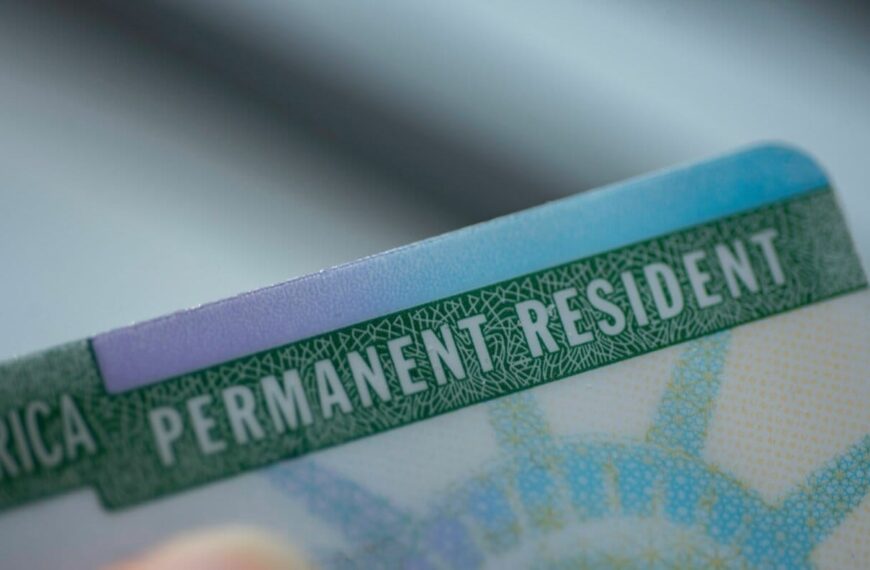Understanding UK Work and Study Visa Statistics: Insights and Trends
The landscape of immigration in the UK has seen significant changes over recent years, particularly concerning work and study visas. With the evolving global job market and educational opportunities, understanding the trends and statistics surrounding these visas is essential for potential applicants and stakeholders. This article delves into the current state of UK work and study visa statistics, shedding light on important insights and trends.
Overview of Work and Study Visas in the UK
The UK is known for its robust educational system and diverse job market, attracting numerous international students and professionals. The primary categories of visas for those looking to work or study in the UK include:
These categories reflect the UK’s commitment to attracting global talent while ensuring that the immigration process remains efficient and beneficial for both the applicants and the economy.
Current Trends in Work and Study Visas
The latest UK work and study visa statistics reveal several noteworthy trends:
1. **Increased Applications**: There has been a marked increase in the number of applications for both work and study visas. This surge can be attributed to the UK’s reputation for high-quality education and its strong job market.
2. **Diverse Origins**: International students and skilled workers come from various countries. Recent data shows a significant number of visa applicants from countries like India, China, and the United States.
3. **Impact of Brexit**: Post-Brexit immigration policies have led to changes in the visa application process, making it essential for potential applicants to stay updated on the latest regulations.
4. **Economic Contributions**: International students and skilled workers contribute significantly to the UK economy. Reports indicate that they support local businesses and create job opportunities.
5. **Focus on Skilled Workers**: The UK government has prioritized skilled immigration, aiming to attract professionals in high-demand fields such as technology, healthcare, and engineering.
Challenges Faced by Applicants
While the UK offers numerous opportunities, applicants may face challenges in the visa application process. Some of these include:
The Role of Immigration Services
Given the complexities of the immigration process, many applicants turn to professional immigration services for assistance. These services can help streamline the application process by providing guidance on:
Future Outlook for UK Work and Study Visas
As the global economy continues to evolve, the demand for work and study visas in the UK is expected to grow. Key factors influencing this trend include:
1. **Global Talent Attraction**: The UK government’s commitment to attracting skilled workers will likely lead to more favorable policies for visa applicants.
2. **Educational Opportunities**: With an increasing number of international students seeking education abroad, the UK will continue to be a top destination due to its prestigious universities.
3. **Technological Advancements**: The rise of remote work and digital nomadism may influence how people view work opportunities in the UK, potentially increasing applications for work visas.
4. **Policy Adjustments**: Ongoing adjustments in immigration policies to meet labor market needs will further impact the statistics surrounding work and study visas.
Conclusion
The statistics surrounding UK work and study visas paint a vibrant picture of an evolving immigration landscape. As trends shift and policies adapt, potential applicants must stay informed about the latest developments in visa requirements and opportunities. Whether you are looking to study at a prestigious institution or seeking employment in a thriving job market, understanding these trends is essential for a successful immigration journey. By leveraging professional immigration services and staying updated on policies, applicants can navigate the complexities of the system and achieve their goals in the UK.










